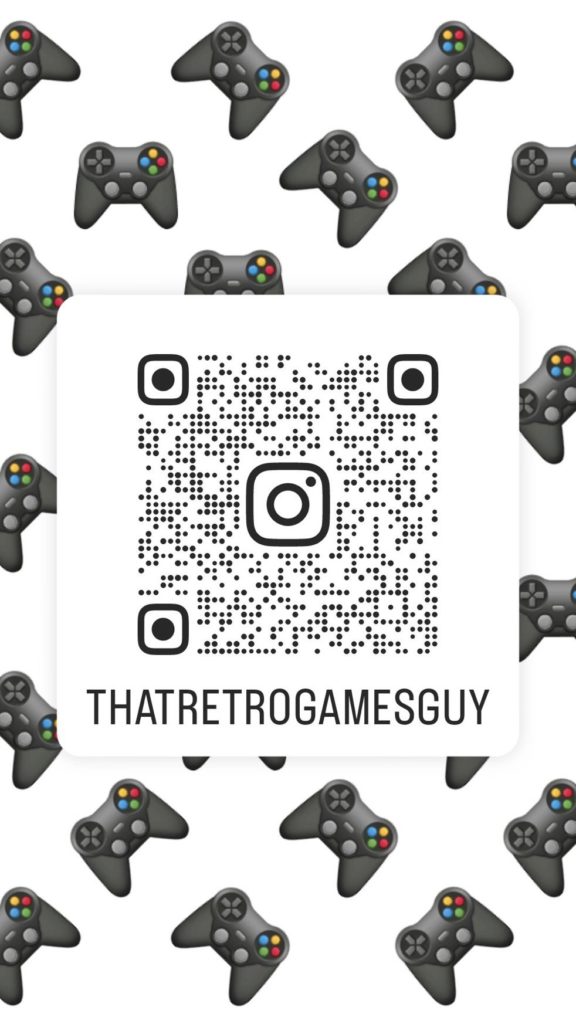After years of speculation, Nintendo has finally lifted the curtain on the long-awaited Nintendo Switch 2. While the reveal has sparked excitement thanks to its much-improved hardware, the announcement has also been met with raised eyebrows,mostly due to its steep price tag, some surprising downgrades, and questions about whether it’s truly a next-gen leap or just a more expensive refresh.
A Powerful Machine, At a Price
On paper, the Switch 2 is a beast compared to its predecessor. It boasts a faster custom Nvidia chip, improved graphics capabilities, and support for 4K resolution in docked mode. The display is a 7.9-inch 1080p LCD screen with 120Hz refresh rate, offering fluid visuals whether you’re racing in Mario Kart World or exploring vast open worlds. The new Joy-Con 2 controllers feature magnetic attachment, enhanced haptics, and built-in sensors that mimic the precision of a mouse.
However, all this power comes with a hefty cost. The console launches at $449.99, a full $150 more than the original Switch at launch. And it doesn’t stop there,first-party games now retail for up to $80, a significant bump in price that’s likely to frustrate longtime Nintendo fans used to more accessible pricing. In the US, Nintendo was also forced to delay the pre-launch in order to reevaluate the price (aka raise it) for US customers due to the US administration tariffs.
Feels Like a “Pro” Update – 10 Years Later
Despite its solid tech specs, the Switch 2 has drawn comparisons to mid-generation console refreshes like the PS4 Pro or PS5 Pro, systems that offer more horsepower but don’t fundamentally change the gameplay experience. The problem here is that this isn’t a mid-gen update. It’s been over seven years since the original Switch, and for many fans, it’s felt like a decade-long wait for something truly revolutionary.
Instead, what we’ve received is an upgrade that improves visuals and performance, but retains much of the original’s DNA. The design is familiar. The user interface reportedly stays largely the same. And although backward compatibility is a welcome feature, it reinforces the idea that the Switch 2 isn’t a radical departure, but a continuation.
Downgrades That Raise Eyebrows
Perhaps the most puzzling choice Nintendo made was reverting to an LCD screen after the success and visual quality of the OLED model released in 2021. While the company claims the LCD is brighter and supports higher refresh rates, many fans see it as a step backward in terms of contrast and color vibrancy.
Even more concerning is the battery life. Nintendo’s official figures suggest a range of 2 to 6.5 hours, a drop from the 4.5 to 9 hours offered by the revised Switch and the OLED model. For a hybrid console designed for on-the-go play, that’s a hard pill to swallow, especially when you’re paying a premium.
A Hard Sell for Families
One of the Switch’s greatest strengths was its universal appeal, particularly to families. It was affordable, portable, and easy to understand. The Switch 2, by contrast, struggles to justify its existence to more casual users, especially parents whose kids already own the original console.
With a similar look and feel, parents might not see any reason to upgrade, especially at nearly $500 before even factoring in the cost of games and accessories. Nintendo has done little so far to differentiate the Switch 2 in terms of exclusive experiences or must-have features, which may slow adoption outside the enthusiast crowd.
Physical Games, Digital Frustrations
Adding to the controversy is Nintendo’s new approach to physical game distribution. Some titles will now ship on “Game-Key Cards”, essentially empty cartridges that function as download codes. For collectors and those with spotty internet connections, this is a frustrating shift. It blurs the line between physical and digital ownership and removes one of the biggest conveniences of owning a physical copy: instant, offline access.
While this strategy likely helps reduce production costs and accommodates larger game sizes, it risks alienating a part of Nintendo’s fanbase that values the tactile and collectible nature of physical media.
So what are your thoughts on this? Are we looking at the repetition of the original Switch’s success or another WiiU moment for Nintendo?








